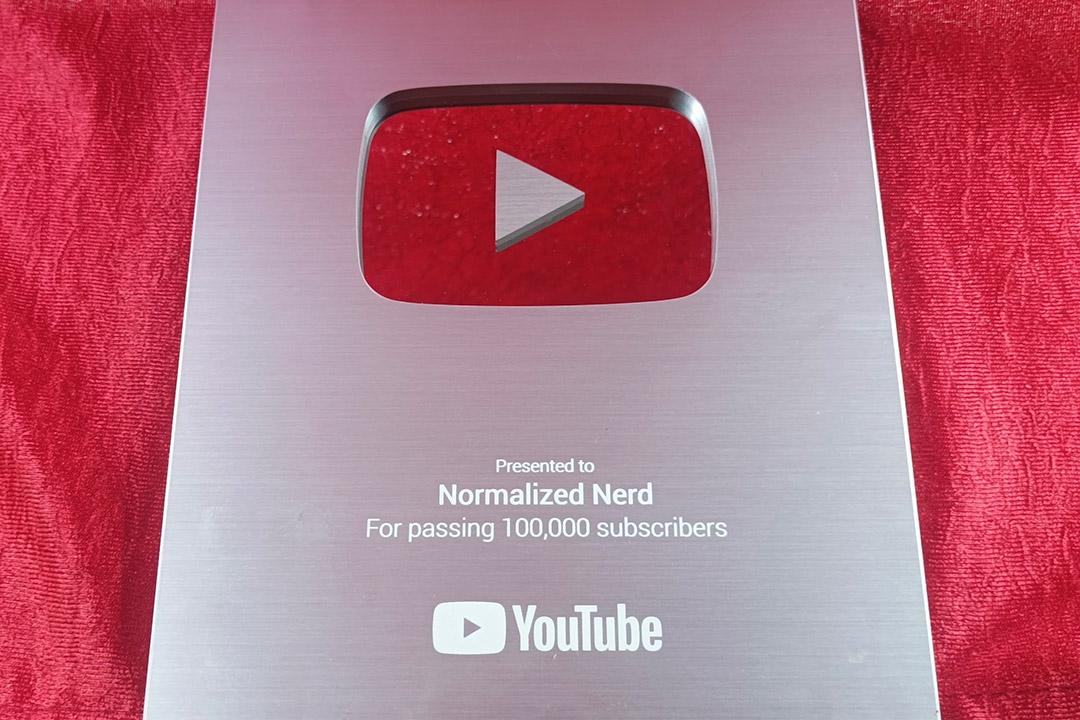Ph.D. student gains YouTube following for machine learning explainer videos
Sujan Dutta has more than 100,000 subscribers on his Normalized Nerd YouTube channel
Normalized Nerd
Sujan Dutta, a computing and information sciences Ph.D. student, has gained a following on YouTube for his machine learning explainer videos.
“Hello people from the future!” That’s how Sujan Dutta starts all his YouTube videos before he unpacks the complexities of artificial intelligence (AI).
Normalized Nerd
Sujan Dutta
The RIT computing and information sciences Ph.D. student enjoys creating educational videos about machine learning and data science on his Normalized Nerd YouTube channel. His explainers are geared to those with some computer science background. They start abstract and then get technical, tackling topics from the math behind generative AI to decision tree classification.
Over the past five years, Dutta’s channel has amassed more than 100,000 subscribers. His most popular video—about Markov Chains Clearly Explained—has 1.2 million views.
When Dutta first came upon machine learning, he said it was like magic. Instead of having to hard code every rule, he could use algorithms to program in a way that it could learn by itself.
“It was also hard for me and that played a role in starting my YouTube channel,” said Dutta, who is from Hooghly, India. “I came across this concept that if you teach someone what you learn, it makes your learning better. They call it the Feynman Technique.”
Some Normalized Nerd videos take more than a month to create, including learning the topic and editing the piece. Dutta is self-taught in video creation.
“There are many tutorials on YouTube, but there are some things that people miss,” said Dutta. “If you can find that content gap and add in key details to explain why something is important, you can find success.”
Dutta said that other keys to his success have been adding animation and having good audio. His subscribers write in suggestions and right now the number one thing they ask for is more large language model (LLM) videos.
Normalized Nerd
The silver YouTube play button plaque that Sujan Dutta got for reaching 100,000 subscribers on his Normalized Nerd YouTube channel.
“I actually love the comment section—98 percent are super nice,” Dutta said with a smile. “I’ve even had a few people recognize me at RIT. Admittedly, that was in the computing college.”
Dutta applied to RIT after discovering the work of Ashique KhudaBukhsh, an assistant professor of software engineering at RIT who researches using AI for social good. At first, Dutta planned to complete his master’s, but KhudaBukhsh asked Dutta to stay for a Ph.D.
Now in the third year of his Ph.D. program, Dutta said that he finds less time to make explainer videos. However, he hopes to make some videos about his research at school.
Dutta’s research is at the intersection of AI, natural language processing (NLP), and computational social science. In a study with KhudaBukhsh, he used advanced NLP methods to analyze more than 34,000 news transcripts and classify how different cable news outlets portray the police during specific time periods.
Dutta is also exploiting logical inconsistencies to improve NLP models. This could be used to identify bias and common stereotypes, including race and gender, still present in LLMs. Some companies, including ChatGPT, currently use guardrails in an effort to filter out certain content.
“Guardrails is a very popular, catchy term right now and companies are spending a lot of money on it right now,” said Dutta. “But, even if you restrict the bias it’s still there in the model. It can still impact the downstream product. We’re researching how to fix this at the generation level.”
When the Normalized Nerd channel surpassed 100,000 subscribers in late August, YouTube sent Dutta a silver play button plaque.
“I haven’t actually touched it yet,” said Dutta. “It’s back home at my parents’ house.”
In the future, Dutta hopes to work in industry and still do videos on the side.
“I don’t want to make a profession out of the YouTube thing,” said Dutta. “I look at it as something I love and I want to keep it fun.”



